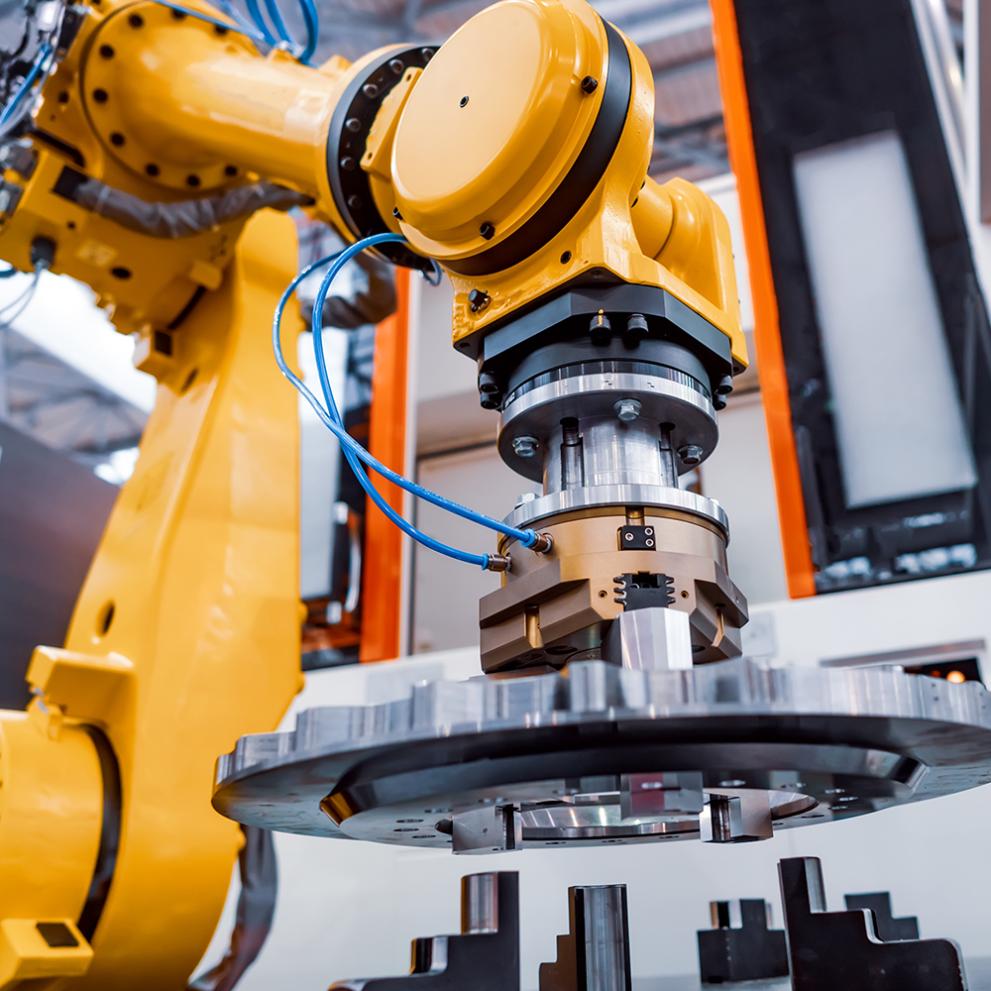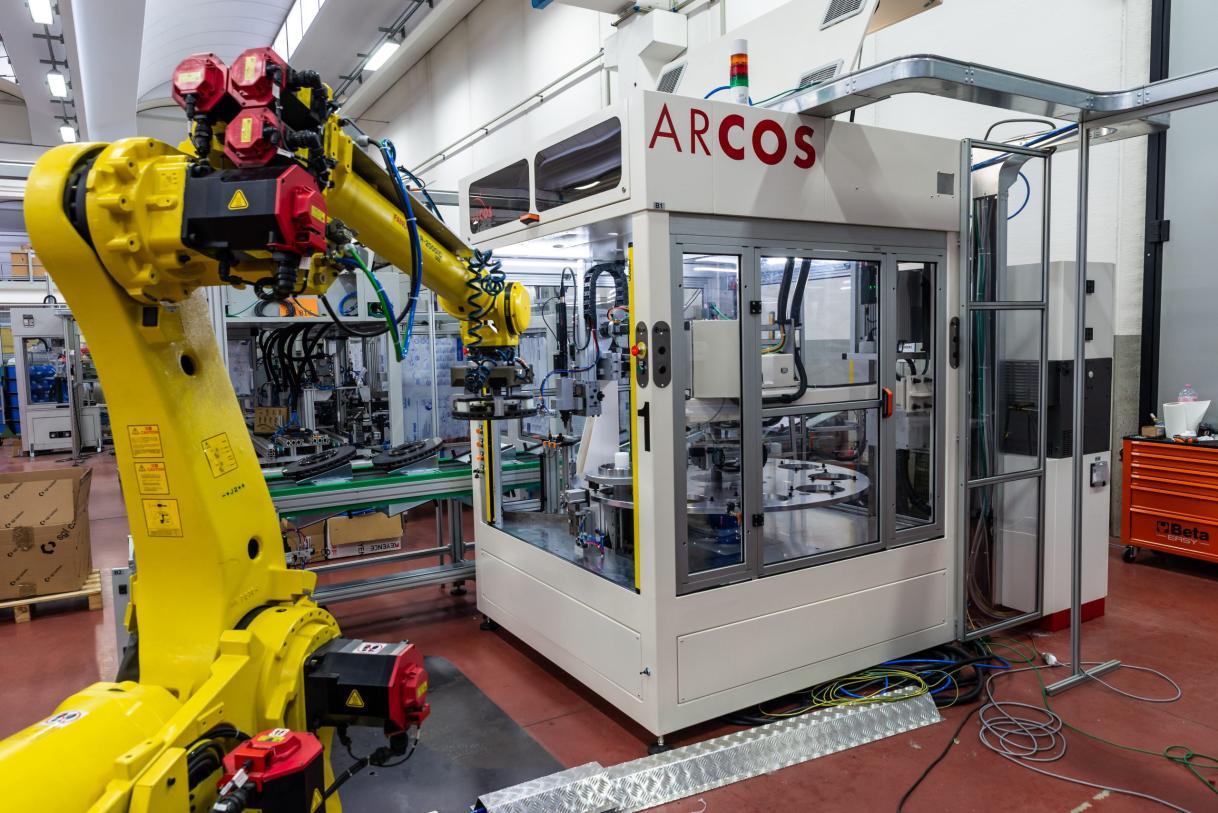Can Reinforcement Learning Revolutionize Robotics?
Reinforcement learning (RL) is a type of machine learning that allows an agent to learn how to behave in an environment by interacting with it and receiving rewards or punishments for its actions. This approach has shown great promise in robotics, where it has the potential to enable robots to learn complex tasks and adapt to changing environments without being explicitly programmed.

The potential of RL to revolutionize robotics is vast. RL-powered robots could be used in a wide variety of applications, including:
- Industrial automation: RL-powered robots could be used to perform complex tasks in factories and warehouses, such as assembly, welding, and packaging.
- Healthcare: RL-powered robots could be used to assist surgeons, perform rehabilitation exercises, and provide companionship to patients.
- Autonomous vehicles: RL-powered robots could be used to develop self-driving cars and trucks that can safely navigate complex traffic environments.
- Space exploration: RL-powered robots could be used to explore other planets and moons, and to perform maintenance and repair tasks on satellites and space stations.
However, there are also a number of challenges that need to be addressed before RL can be widely used in robotics. These challenges include:
- Data collection and labeling: RL algorithms require large amounts of data to learn effectively. This data must be carefully collected and labeled, which can be a time-consuming and expensive process.
- Sample efficiency: RL algorithms are often sample-inefficient, meaning that they require a large number of interactions with the environment to learn a task. This can make it difficult to train RL-powered robots in real-world settings.
- Generalization and adaptation: RL algorithms often have difficulty generalizing their knowledge to new tasks and environments. This means that they may need to be retrained for each new application.
Despite these challenges, there is a growing body of research on RL for robotics. This research is developing new algorithms and techniques that are addressing the challenges of data collection, sample efficiency, and generalization. As this research continues, RL is likely to play an increasingly important role in the development of next-generation robots.
Future Directions And Potential Breakthroughs

There are a number of exciting future directions for RL research in robotics. These include:
- Advances in RL algorithms: New RL algorithms are being developed that are more efficient, more sample-efficient, and more generalizable. These advances are making it possible to train RL-powered robots on a wider range of tasks and in more complex environments.
- Integration with other technologies: RL is being integrated with other technologies, such as computer vision and natural language processing, to enhance robotic capabilities. This integration is enabling robots to perceive and interact with the world in more sophisticated ways.
- Ethical and societal considerations: As RL-powered robots become more capable, it is important to consider the ethical and societal implications of their use. This includes issues such as privacy, safety, and job displacement.
The field of RL for robotics is rapidly evolving, and there is a great deal of excitement about the potential of this technology to revolutionize the way that robots are used in the world. With continued research and development, RL is likely to play a major role in the development of next-generation robots that are more capable, more adaptable, and more intelligent than ever before.

YesNo

Leave a Reply